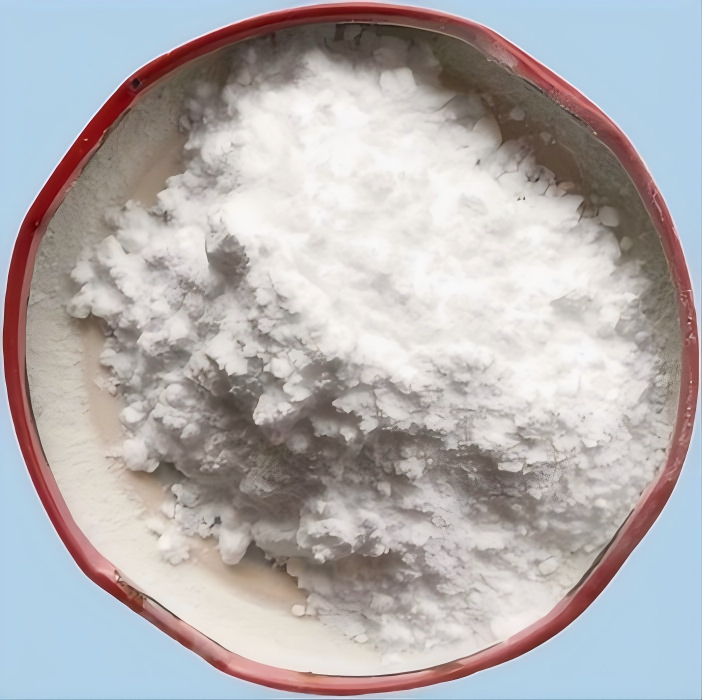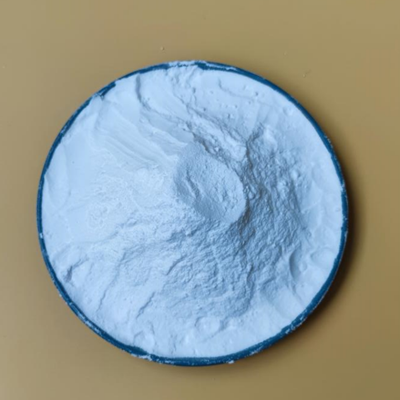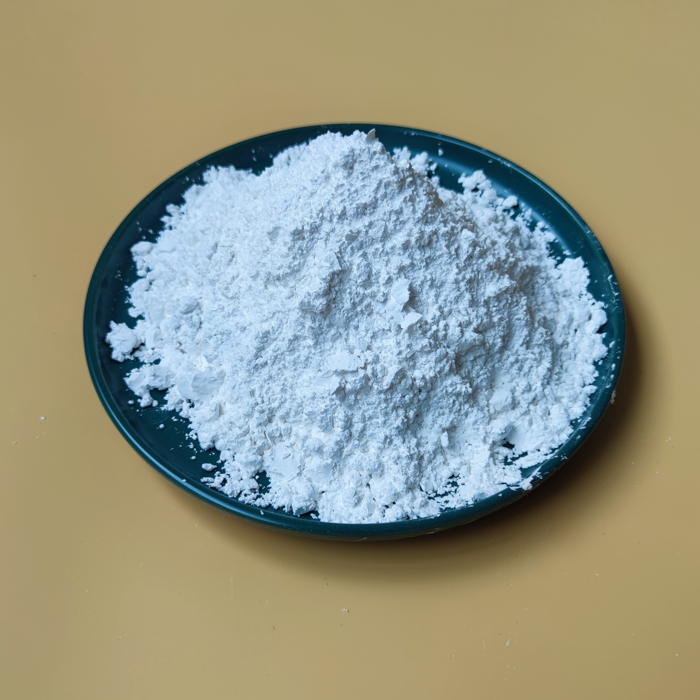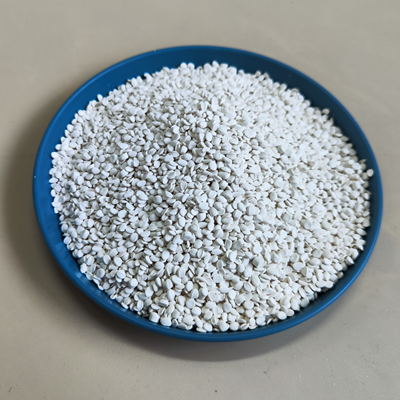Aluminum Diethylphosphinate(ADP)
Aluminum Diethylphosphinate flame retardant ADP, belongs to the organic halogen-free flame retardant, CAS number 225789-38-8, has great advantages in nylon PA6, polyester PBT, cable material flame retardant, than the ordinary phosphorus and aluminum flame retardant effect is better. Aluminum Diethylphosphinate has the characteristics of high decomposition temperature, low water solubility, small solubility, various formulations, surface treatment modification and so on. The following is a simple description of its use, characteristics, use methods, action mechanism, etc

The mechanism of action
1, the main chemical key in the structure of Aluminum Diethylphosphinate P-C, P=O, P-O, its flame retardant process is more complex, becauseAluminum Diethylphosphinate itself has a high phosphorus content, so it has the basic flame retardant characteristics of phosphorus flame retardants, both in the vapor phase flame retardant and condensed phase flame retardant. First of all, the diethylaluminum hypophosphite salt is decomposed by heat at high temperatures, and the (PO*) free radicals formed by P-O can catch the more active O and OH free radicals in the air, which can reduce the oxygen content in the limited space to a certain extent, so that the combustion chain reaction is terminated.
2, there are many oxidation states of phosphorous compounds, and its thermal decomposition products have a strong dehydration effect, so that the surface of the covered polymer is carbonized, forming a carbon film, and playing a flame retardant role.
3, Aluminum Diethylphosphinate in the process of high temperature and oxygen reaction, the formation of a condensed phase of non-flammable liquid diaphragm, coated on the surface of the combustion to insulate the air to achieve flame retardant effect, phosphoric acid in the heating process to absorb heat decomposition into metaphosphate, and metaphosphate further decomposition to form P and water, effectively absorb the OH and NH2- produced in the matrix. At the same time, a certain range of heat is absorbed, and the matrix is dehydrated and carbonized. Finally, the P element fixes the carbon skeleton of part of the fuel on the surface of the matrix by forming a stable carbon layer, forming a heat insulation layer, and the carbon layer is difficult to burn because it is isolated from oxygen.
4, the addition of diethyl aluminum phosphinate polymer in the combustion process to produce expanded carbon layer, to achieve heat insulation, oxygen insulation, prevent the surface flame further spread of the effect, play a fire, flame retardant role.
Product characteristics
1, high phosphorus content, hydrophobicity and thermal decomposition
2, no halogen can reach V0 flame retardant grade white powder, with high heat resistance, good dispersion, efficient flame retardant, non-toxic, low smoke, small particle size, small proportion, easy dispersion, easy coloring and good compatibility and other outstanding advantages.
3, efficient flame retardant to maintain good mechanical properties of polyester
4, easy dispersion, easy coloring, low density (1.2kg/L) CTI 600V good thermal stability
5, with high thermal stability, chemical stability and environmental friendliness, can be used as an excellent polymer material flame retardant instead of environmentally harmful halogen flame retardants.
Basic data
English name :Aluminum Diethylphosphinate
CAS No: 225789-38-8
Product Code: OP 935
Molecular weight: 390.26
Phosphorus≥23.0-24.0%
Moisture≤0.5%
Packing density g/m³ : 250-400
Decomposition temperature (℃,TGA 1%)≥ 350
Particle size D50(µm) : 40-60
Application suggestions
1, generally use polyester powder and diethylphosphinate aluminum flame retardants for mixing and processing, can make it fully mixed. Be sure to follow domestic safety regulations. The optimal mixing conditions should depend on different circumstances, taking care to ensure that all components are evenly dispersed, and the melting temperature of the polymer should not exceed 320 ° C
2, please pay attention to the appropriate use of stabilizers, coupling agents and other phosphorus and nitrogen flame retardants APP, MC or MCA after use. For polyester or polyester TPU only 8-12% of this product can meet the flame retardant requirements, for SEBS needs 25-35% to meet the flame retardant requirements
3, as a flame retardant can be used alone, can also be used with MPP, MCA and other flame retardants, can play a good flame retardant effect. In the addition of PBT, the ADP addition amount is 20% (by weight), and its material can reach the UL94V-0 classification (thickness of 1.6-0.8 mm) when used as an electrical accessory. In the addition of PET, when the addition amount is 15% (by weight), UL94V-0 classification can be reached. The amount of flame retardants added will vary depending on polymer grade, processing conditions and glass fiber addition.
4, the treatment process, before adding diethylphosphinate aluminum flame retardants, polyester materials should generally be pre-treated. If possible, the water content of materials PBT and PET should be less than 0.05% and 0.005% by weight, respectively. Aluminum diethylphosphonate flame retardants do not need to be pre-dried. If the water content of the flame retardant is required to be very low, we recommend pre-drying (e.g., drying at 130℃ for 3 hours)
Application field
1, aluminum diethylphosphinate ADP flame retardants are mainly used in thermoplastics and thermosetting plastics, due to its high phosphorus content and high flame retardant efficiency. Especially suitable for polyester. It is suitable for both fiberglass reinforced and non-reinforced grades. Flame retardant polyester compounds have excellent physical and electrical properties.
2, Aluminum Diethylphosphinate ADP has excellent flame retardant properties for polyester (PET&PBT), nylon, epoxy resin, SEBS, ethylene propylene rubber and other materials, especially suitable for wire and cable, high-end engineering plastics, high temperature nylon, PA, PBT, PET flame retardant.
3, can improve the combination between the flame retardant and the substrate, improve the dispersion and compatibility of the flame retardant, so as to maximize the flame retardant, reduce the smoke index, smoke, heat and carbon monoxide production, improve the oxygen index, improve the dripping performance, significantly improve the mechanical properties and thermal properties of the material
Aluminum Diethylphosphinate can be combined with melamine polyphosphate MPP, melamine cyanuric acid MCA, aluminum hydroxide, magnesium hydroxide, etc., a variety of formulations, flame retardant objects include nylon, polyester, elastomer and so on.
Aluminum Diethylphosphinate,ADP,225789-38-8










